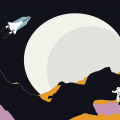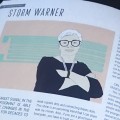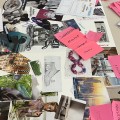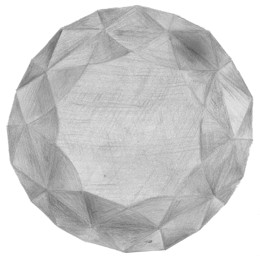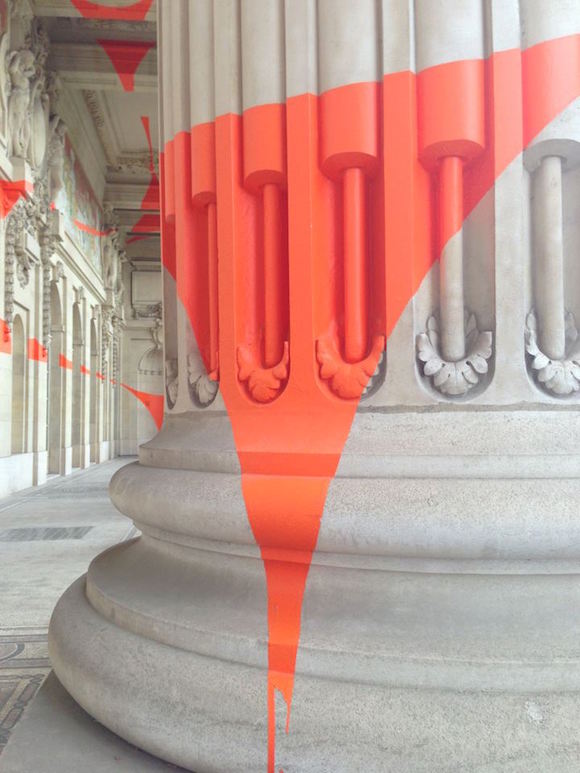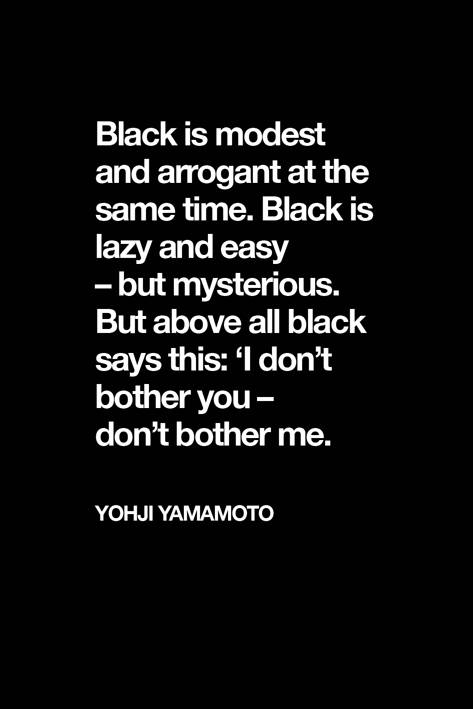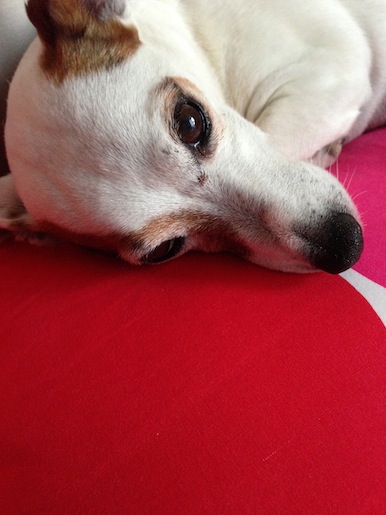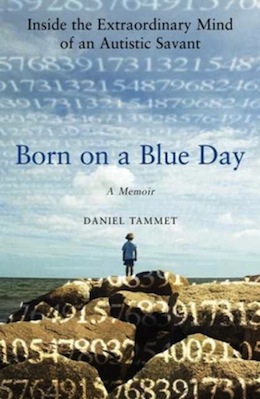I had recently been interviewed by Geraldine Wharry a good friend and a talented Trend Forecaster.
We have discussed how we think Trend Forecasting must change. What is our role as forecasters? Which mindset change is needed ?…
Find out more as Geraldine and I navigate some fundamental issues and solutions !
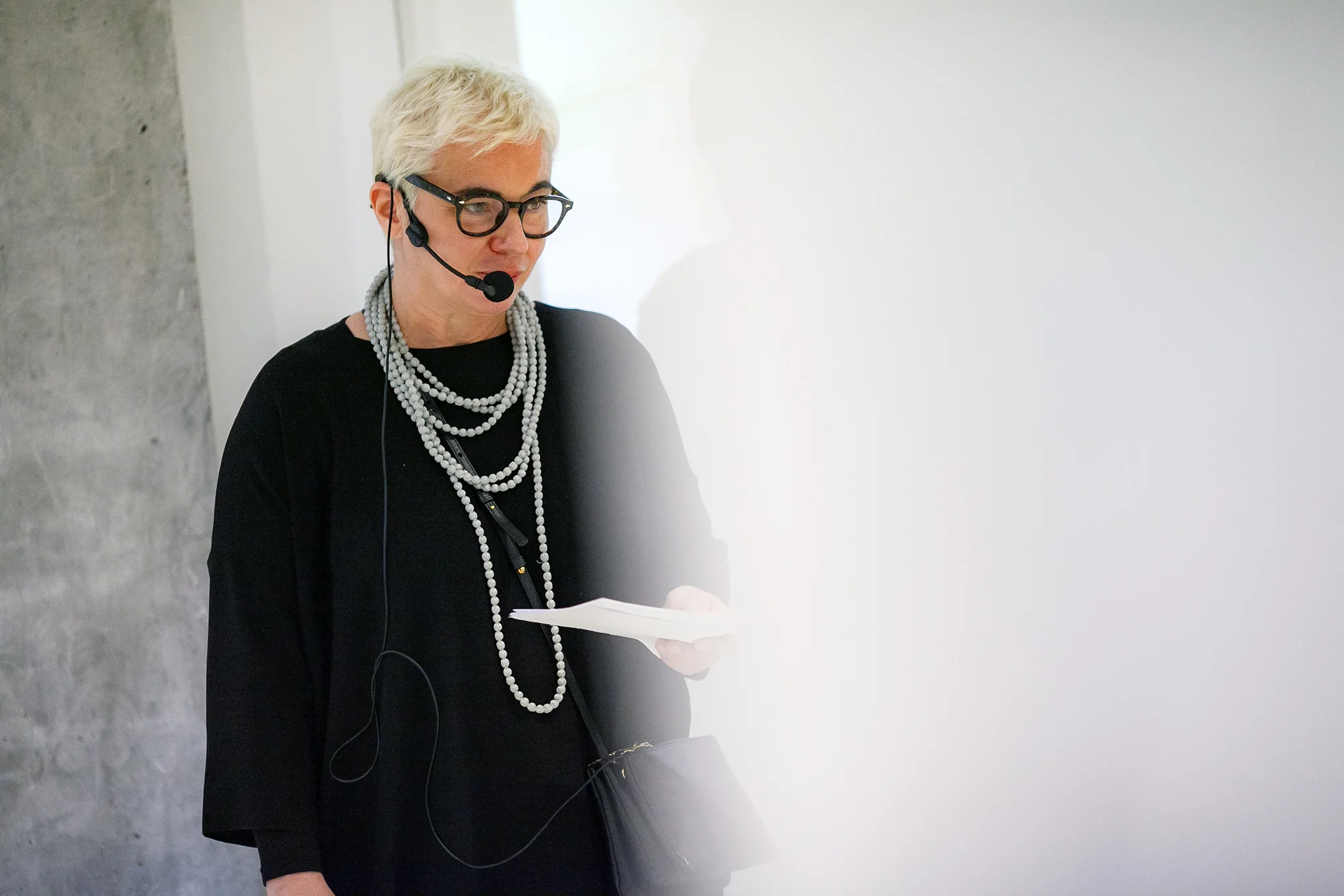 GW: What are your main fields of work?
GW: What are your main fields of work?
CP: I don’t limit myself to only one field : I’m working with companies whose business is in hotel, food, travel, mobility, fashion, perfumes and beauty. It’s large and that’s what I love: multidisciplinary and transversal.
CP: My job is a way of thinking that can be applied to multiple topics. From fashion design to kitchen appliances to banking systems.
I use the same grid of analysis and reflexion to all these fields. I am someone very curious, it has always been like this since I was a child and this job is a way to lead my curiosity-driven life. Being interested in many things is a way for me to be really alive. I see people as a whole : we are all sleeping, eating, dreaming, transporting ourselves, dressing up… That’s why for me there’s no reason to focused only on one part of our life.
GW: How did you get started? People want to get started and get to work in this field straight away.
CP: I started 30 years ago. I found this activity by serendipity. I had a part time job whilst being a student in fashion design : I was working for an interiors and home magazine and asked to go to a professional fair in Lille in France. There was a very small forum about trends. I felt this so close to myself as this was exactly what I was doing, I just didn’t know it could be a job! For years, I had been looking at how the world works to better connect the dots. I was passionate by the evolution of the way we live – which means trends. I was very lucky to find this.
I love the notion of serendipity which is to find something you were not looking for. I came to make a report on a fair and found a dream job. That little trend forum was made by Lidewij Edelkoort’s office. I went back to Paris and with my dossier asked for an internship. I tried to be very convincing and I got the internship. I stayed for about 12 years and became the right and left hand of Lidewij: being the spokesperson of the office, presenting the works of colleagues, traveling internationally. At this time trends were not really trendy and nobody knew what it was to be a trend forecaster. It was very difficult for me to explain this job to people.
GW: How would you advise someone with no experience to get started?
CP: I think it’s always good to have different point of views. It’s nice to understand the side of the client and it’s relevant to know how to design and sell products maybe before diving into forecasting. Doing more global studies like Philosophy, Anthropology, Sociology, Humanities at large will give deepness to your work. I guess multiple experiences of different kinds are really very important before getting in forecasting.
GW: I see what you mean. I find the inspiration outside of the very thing I am studying. I studied design so I had to go into sociology later and today policy, society, philosophy plays a key role in my work.
CP: If you search only in one field then the result might be superficial. When you are working on long term trends – macro trends- you need to look at the big picture. Short term trends – micro trends- for me are like soap bubbles, they are very nice but just on the surface. If you are more interested in shifts of society, evolutions of lifestyle and beliefs then you need more background. That’s where humanities and having work experiences outside of the field of trend forecasting can be so useful.
GW: I think there are many people wanting to become a forecaster but not enough jobs and I personally recommend harnessing the skills to use within your own job so that you also get the practical experience.
CP: Today trends are really trendy. For example if you work as a marketer in the perfume industry you need to be aware of trends. Many companies have now their own internal researchers.
Being 100% forecaster is maybe not the best option for the future. We will need to produce less and to produce better products. We will need to be more concerned about sustainability which means that just predicting trends, just for the sake of predicting something new, will not be relevant anymore.
CP: When we look at fashion, we all know that fast fashion is not going to last forever… If you want to be a future trend forecaster you might need to use these skills not just to predict trends but do more than this. A lot of jobs of the future don’t exist right now and many of them will be hybrid. May be you’ll be a data trend forecaster, an experience forecaster, an activist forecaster …
GW: What do you think of the longevity of the job of a trend forecaster?
CP: Trend forecasting started in the 1960’s in France with the beginning of prêt-à-porter and the mass production of goods. I hope this job will change radically in the future because new for new doesn’t work anymore. We can’t just do business as usual and predicting that next winter will be green not blue or wool instead of polyester is not long term. We will produce smaller scale and more in a local way. Smart labs will be implemented in cities and products will not be shipped from the other side of the world. With clearer priorities like “how long can I use this?”. Or “How can I recycle it?”. The job of a trend forecaster needs to change radically to keep one step ahead.



GW: I think it’s really important not to “shoehorn” trends. Everyone needs to be questioning their purpose.
CP: You and I are interested in long term trends and the evolution of lifestyle. We know that our lifestyle will need to change drastically! When we will soon be out of petrol for example, what will it mean for travel, mobility, shipping?
The youth itself is fed up with “bull shit” jobs. The future will involve big changes not just small ones. Unfortunately, most people are afraid because our brain is not wired to accept change. That’s the reason why most people are interested in short trends and only see trends as nice, flashy, à la mode and then soon out of fashion streams. Our job, as trend forecasters is to explain the massive changes coming and to support companies in this paradigm shift.
GW: So within fashion and the sustainability paradigm, where do you think trends fit? Finding a title for a trend each season is not completely honest and transparent as I think as the trends are not changing that fast.
CP: Now we are living climate change not just reading about it in the news! Proposing something new for something new, just because it’s a new season, doesn’t make any sense. We, as forecasters, can keep on helping people see into the future but we need to help people think of long term trends and not just short term trends as this is way too toxic.
GW: There are many contradictions in the model we use in fashion trend forecasting. On the one hand, agencies are promoting monthly and seasonal trends, and on the other hand they are promoting sustainability. I feel this is a real contradiction that we need to discuss and review. It makes us part of the problem. We have to be part of the change.
CP: Changing is not easy and it’s frightening as it will affect how companies make money. Big trend agencies have stakeholders and their business model is to sell « new trends » on a very regular basis, it’s an addiction for brands and companies who are their clients. They predict trends every 6 months … May be today, the voices that can be more concerned and able to speak loudly about this paradigm shift are the individual people like you and me.
GW: Our role is to get people inspired, not to be risk mitigators and dictate what people should do. I see ourselves as also helping grow the talent within teams and companies.
CP: Yes, our role is to find better answers and to help companies to create long term solutions. We can show people how to develop timeless stuff. We can bring huge changes by finding new materials or new way of producing things. There are so many questions : how can we dye fabric in a more sustainable way, what can be the alternatives to leather …
GW: I think that requires a different workflow, new systems within company structures. For example a print designer, how can they can be involved in the choices of materials?
CP: We have cut the jobs into all these different responsibilities and we see that people are unhappy and that there is a deep need for more collaboration. Yes, a print designer should be involved in the choice of materials because it’s a whole not just a «print » on top of something!
CP: The future of design jobs are people knowledgeable in Science, Biology, Art, Philosophy. The future designer needs to be interested in microbes, bacteria, 3d printing, smart labs, fab labs, crafts, ancient techniques …There is so much to learn from nature for example bio mimicry. There is no waste in nature, everything is in a loop.
The canvas is blank, the page is totally white it’s just there and we need to write a better future. With a hybrid way of looking at the world : a deep knowledge in humanities, an interest in Science and an expertise in craft I think we can make it !


GW: Trend forecasting as a job has been like peeling an onion. I want to transmit the information and help companies change, not lead people and brands down the wrong path.
CP: Many people are choosing the easy way for now as change is frightening because our brain is trained to see change as something dangerous. Most people are against change. It takes an effort to say “let’s face this in a new way and see what’s going on. How is the world today? What can we change?”. And not just think: “I don’t care what the long-term consequences are because I won’t be here in several decades anyway”.
CP: Our lack of thinking long term is part of the problem of sustainability. We need to bring a better storytelling to sustainability and make it into something that is sexy, as sexy as fast fashion.
This way we will convince people that having less and better quality products can be super sexy, better for their wallet, better for everyone. It’s a big shift. For so many decades we essentially said “you are what you consume and you need to have a lot of stuff to exist”. Today we are speaking about empathy, kindness, wellbeing and purpose. These are the values of tomorrow and it’s not anymore about things driven only by money. That’s a huge shift.
GW: I think we need less people studying fashion design and more people studying in the realm of systems design, similar to studying policy.
CP: We definitely need more people studying systems design and wellbeing at large. Some people today are looking for a deeper purpose, they are shifting and giving up a certain career to live in the country side, to open a small restaurant or to start learning a craftsmanship. This is a minority, but it’s a signal of change.
GW: Trend forecasting has become too much about risk mitigation and not enough about exploration and creation. It’s become this oracle, like someone addicted to seeing your psychic and we must not become complacent or prescriptive. With the very same thing we say we bring the solution for, it is now possible to stop people from being original, risky and creative enough.
CP: Trend forecasting has become an industry which is starting to be too heavy and too business motivated. We need to be agile, more fluid and not just focused on this outdated model of Spring and Winter collections. What does this mean anyways when we don’t really have seasons anymore? Even if it’s difficult we need to help people to make that deep change.
GW: If you could replace the word trends with another one what would it be?
CP: Trends now are too trendy. Maybe we need to better explain to people that in trends you have short term trends and long term trends and that we need to focus on the second category. For me long term trends are a direction, a movement, a path. It’s an allegory of life where everything is always moving.
GW: What project(s) are you really excited about?
CP: I’m very inspired by the intersection of Biology, Design, Art and Science. I’m fascinated by the work around new materials. The Materials Futures MA at Central Saint Martins is always making very interesting things. There’s also Franklin Till who just released a book called « Radical Matter » on experimental approaches and new materials. I am very interested in how we can create or imagine materials. I just read about the rise of jellyfish and how this might disrupt the eco-system of the ocean. Some people are trying to see how they can use jelly fish. The inspiration for tomorrow is materials, systems and not products or stuff. For example, Studio Pili .bio works with living colours made from bacteria as alternative to fossil-based chemistry. Recently there was, in Paris, a very interesting exhibition called “La Fabrique du Vivant” // Designing The Living at the Centre Georges Pompidou. It was spectacular because it opened up so many new possibilities.
Geraldine Wharry



